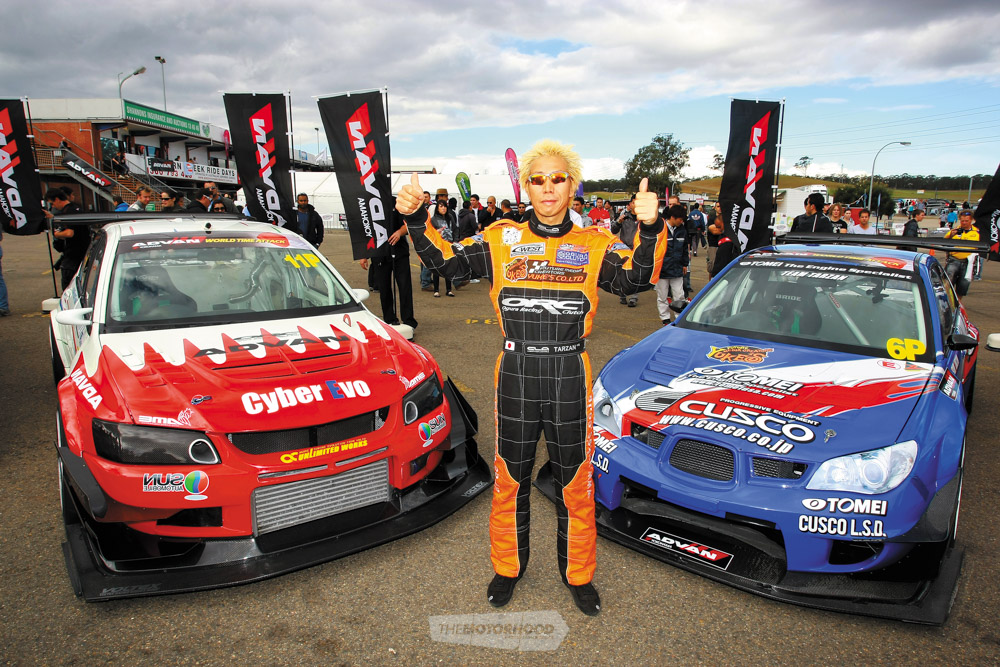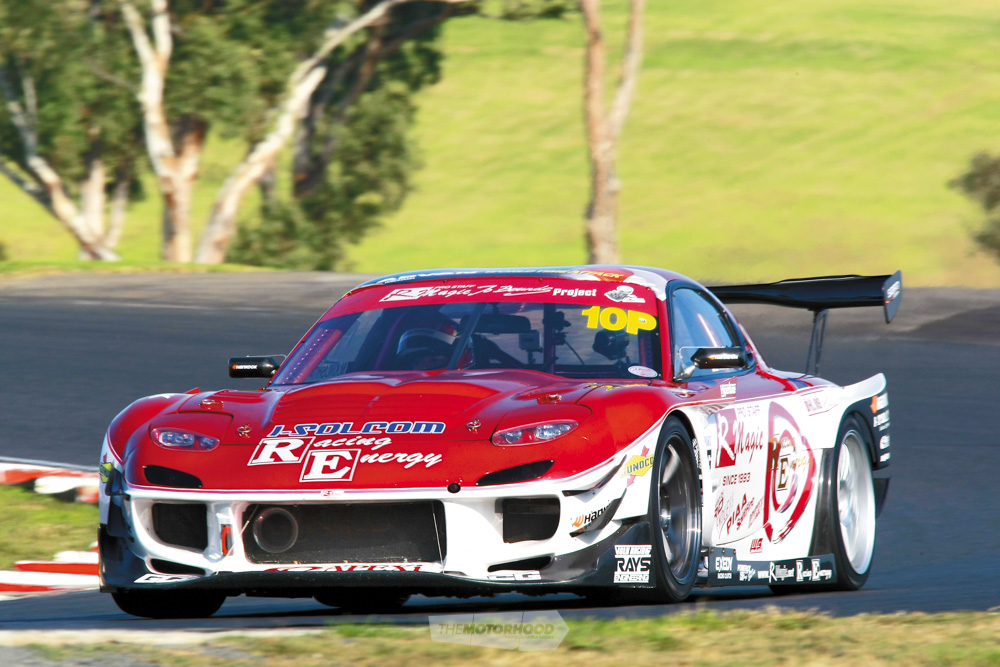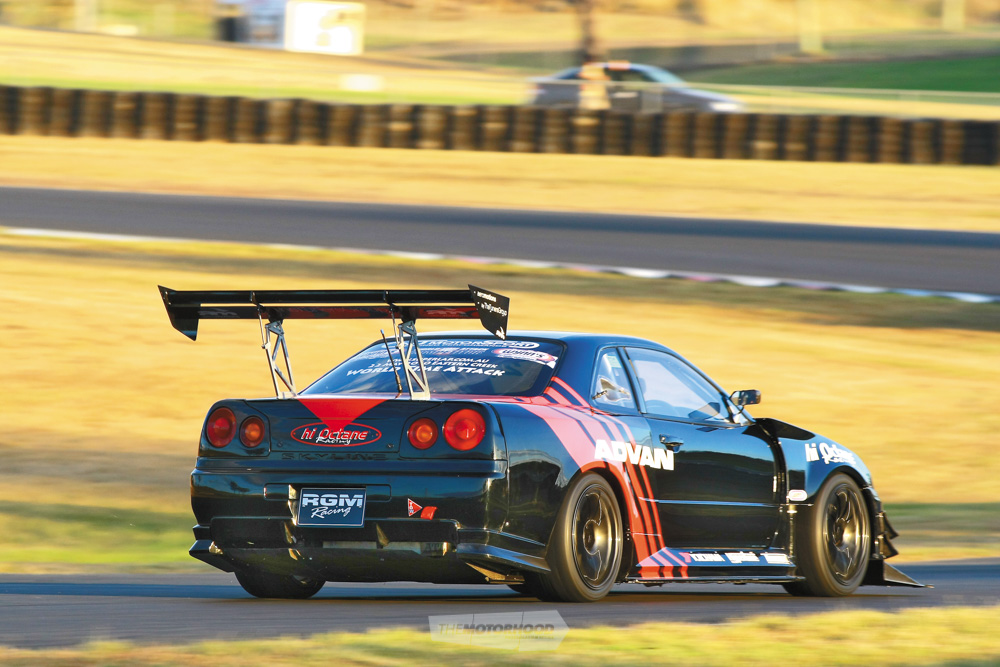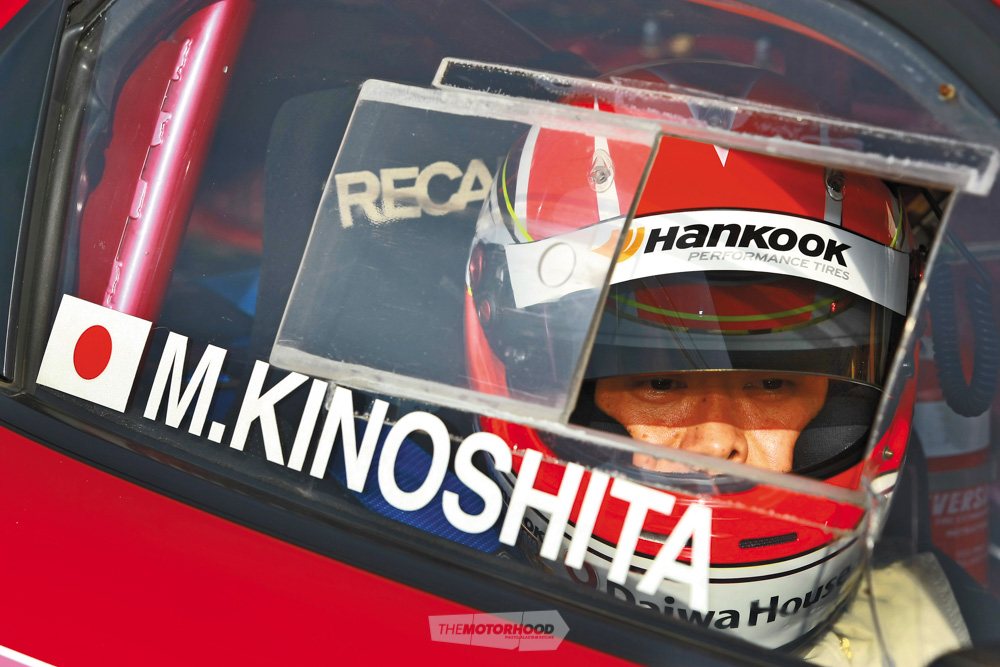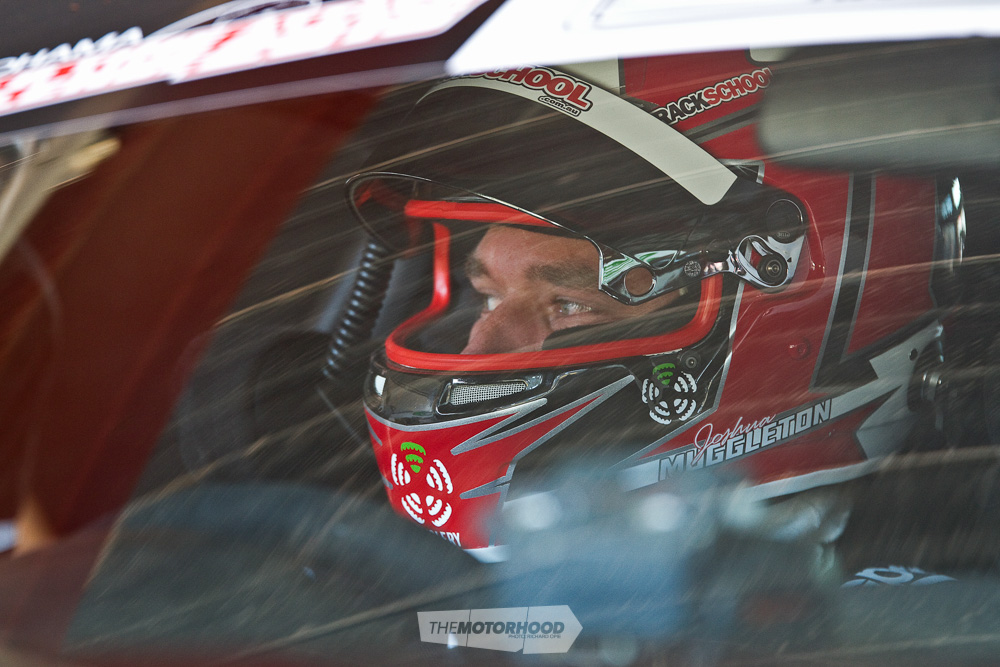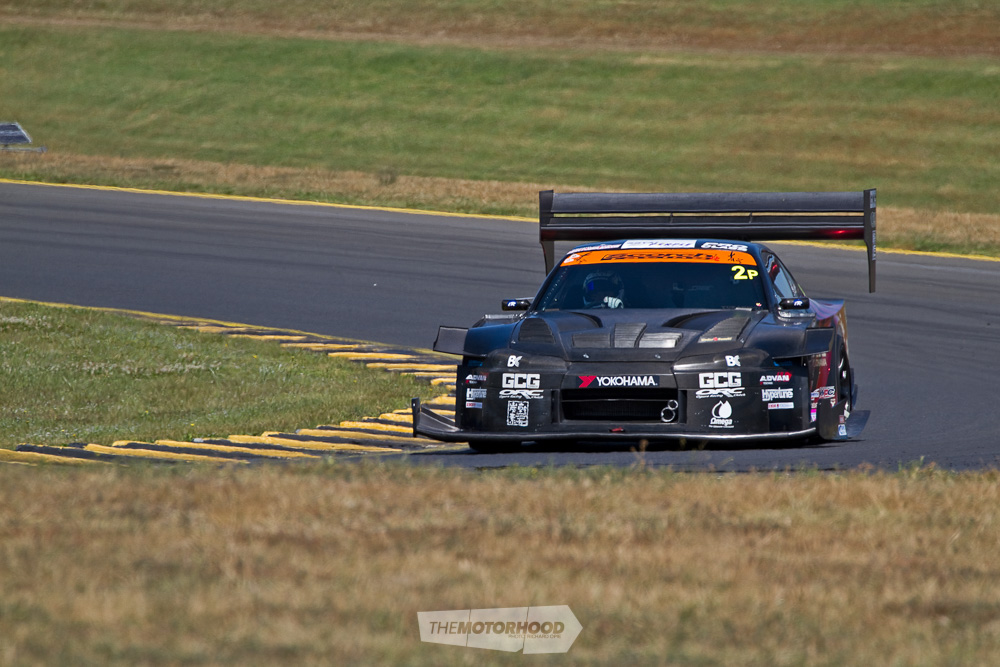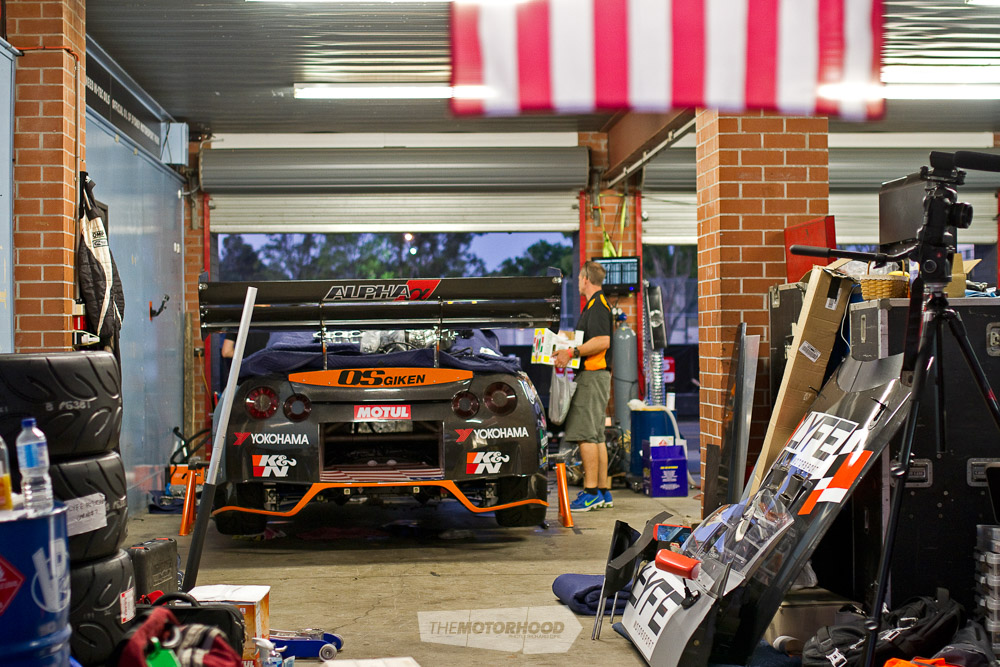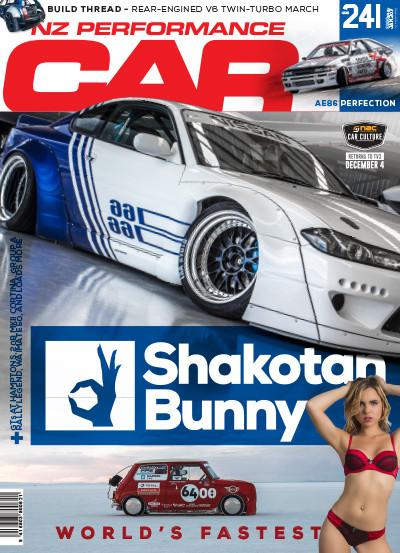We talk to the CEO of the World Time Attack Challenge about life, running a motor sport festival, and the birth of an industry in Australia
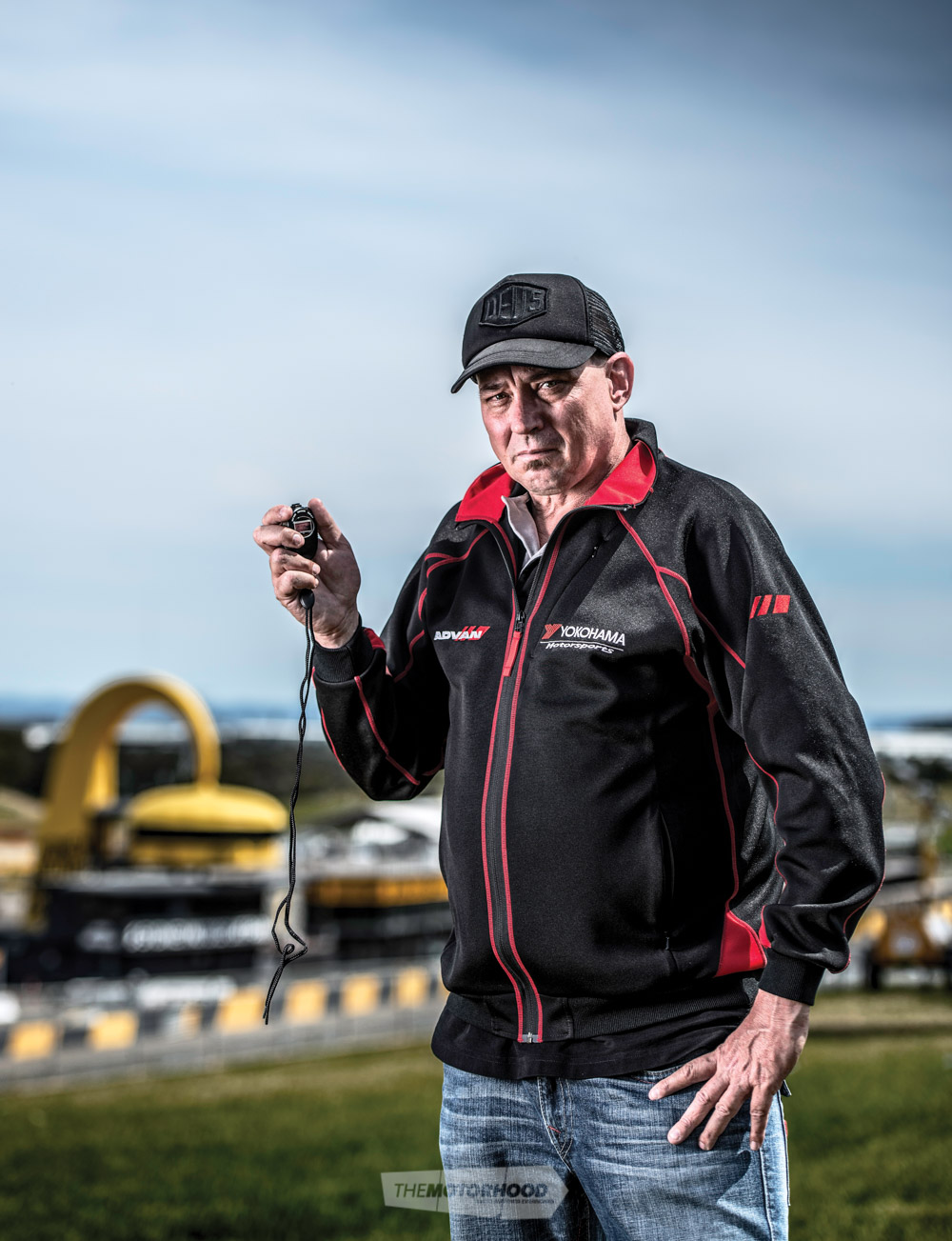
NZ Performance Car: Hey Ian, please begin by telling us a little about your background in the car world pre-WTAC?
Ian: Well, originally I was a fabricator. I used to do a lot of fabrication on high-end race cars, and I was involved in sport compact drag racing in the early days. Back when Pac and Mazsport were doing their first nine-second passes, I was doing all their intercoolers and turbo manifolds and so forth. It sort of all grew from there, really.
When did your tie-in with time-attack racing start, and how big was the local scene back then?
What started time attack for me was the involvement of my primary business, Hi Octane Racing. In 2007 we took Mark Berry’s R32 to Tsukuba Circuit, as it was a bit of a dream of his to race over there, so we sorted it out with the event organizers. Back in those days the pro cars in Japan were fairly advanced, [but] in later years they would return towards street-style cars as the tuning scene changed. We are now seeing it shift back after what we have done. But in those days they were advanced — cars like the Mspeed R34 and the ASM S2000, really cool cars. I walked around the pits and thought, man, we really need to do this back home — we need this. I came back to Australia, and with no money I put together the first Super Lap event. The top cars then were pretty much like Clubsprint-class cars now. That’s how much it has advanced over the past few years.
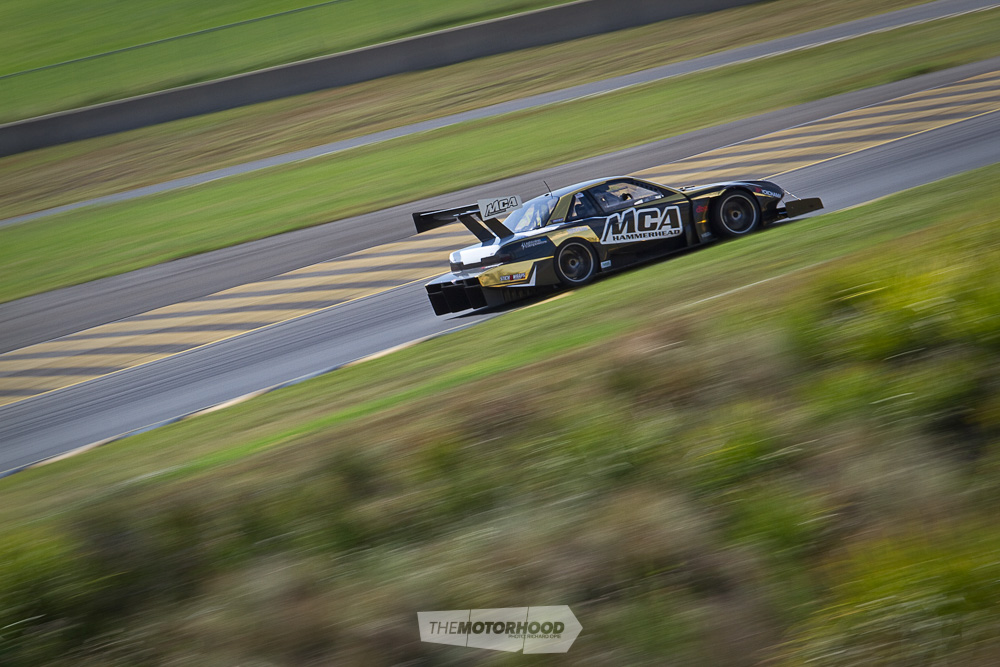
Where and when did the original idea for WTAC come about?
We did Super Lap for two years and then Oran Park closed, so we had the choice of either going to Wakefield Park, which is three hours south of Sydney and is basically a club-level track, or we had to go to Sydney Motorsport Park, which is FIA 2 and a hell of a lot more expensive. I knew we wouldn’t get the revenue to cover the costs doing just a local event at Sydney Motorsport Park, so I basically put it to Yokohama to bring over some international drivers. The person I spoke to asked how much money I needed, and then basically laughed at me. I then convinced the Yokohama boss to pay for the marketing manager to come to Japan with me with a one-page document to try and convince teams to come. We didn’t have any budget to do it, we just went off and did it. And then we went to America and did the same thing.
Right from the get-go, you managed to get big-name drivers and teams to compete. We’re talking big-name drawcards from both countries. Was it an easy sell to get them involved, and shipping their cars to an event no one had ever heard of?
It was a bit of a mission really; we left Japan having only had Panspeed commit to coming. So it took a fair amount of negotiation in a language that I don’t really speak too well. It was very clumsy, but we managed to convince them that it would be worthwhile. That year we had the Tomei/Cusco WRX, Cyber Evo, R Magic RX-7, and Panspeed RX-7 from Japan. When we went to America, Sierra-Sierra had the fastest car there, so I basically said to them, if you win this event [the time attack at Buttonwillow] we will ship your car for free. He said he would hold me to that, and they won, so we managed to get him as well.

So, once you had the drivers on board, everyone else just got on board?
Well, not really. Yokohama couldn’t just afford to tip that much money in, so I did a deal where it got a percentage of the gate, and it just grew from there to the point now where the local cars are next level, and we are starting to see the likes of Andy Duffin. I saw him at Leadfoot, and it wasn’t even a time-attack car when we first brought it over, but he is hooked now. It’s just so addictive, and really it’s much more than only time attack — it’s a complete circuit, really.
It is insane to see how much it’s grown in six years, considering you had run only a handful of track days before the 2010 event.
[At] the first ever Super Lap event we did in 2008, I had never even run a track day before. And I don’t really know how we pulled it off. We had people coming up and asking what do we do here, and I was like I don’t know. It was almost comical that we managed to pull it off. But we did, we just kept pushing forward and learning from each year, to the point where we are now. Back then really there was me, two others and a bunch of volunteers. Now we have a staff of over 100 doing it. And as we got better and better, better people have found me. Renato loberto, my event director, actually runs all of Ferrari’s stuff and also Top gear festivals. James Taylor, my Clerk of Course, he runs Porsche Carrera Asia Cup, so they are all top-tier guys we have involved. It’s something that has happened over a number of years, evolving into what it is now.
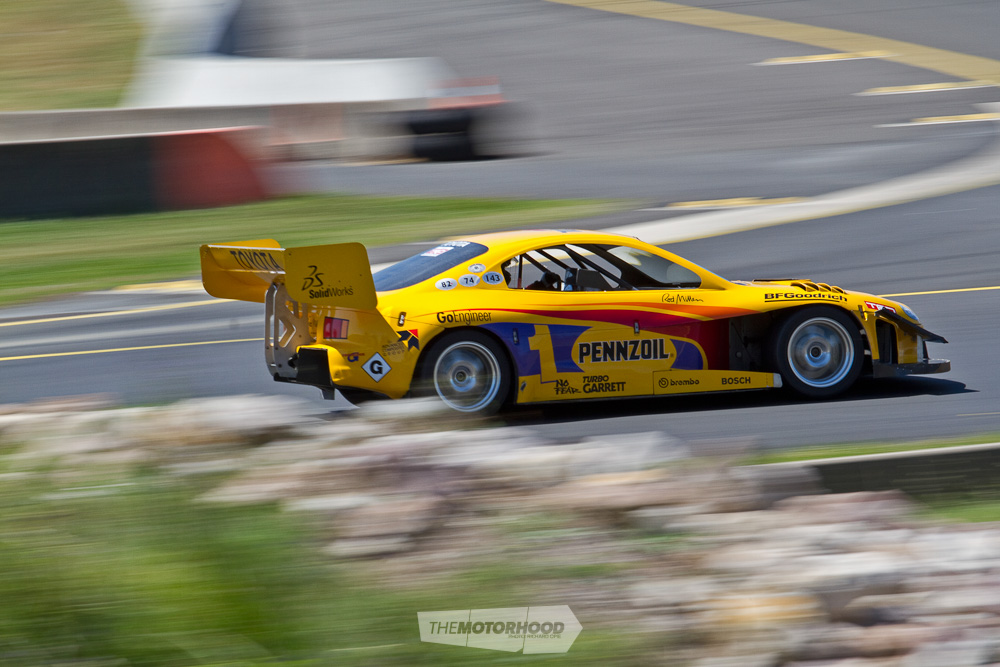
Even local government seems to have stood up and taken notice.
Most certainly. Our biggest partner now is actually the government, Destination New South Wales. Basically, I spoke to them yesterday, and they are over the moon with the amount of tourism we have brought to Australia and to NSW, from interstate and New Zealand in particular.
It’s fair to say the sport has exploded in Australia. Are you finding that with such a high calibre of local machine emerging — the likes of the Tilton Evo, PMQ Evo, and MCA Hammerhead — that is becoming a deterrent to overseas teams which face the prospect of coming all this way to be nothing more than a back marker?
You can become a victim of your own success, that’s true, and I guess the Australians have really embraced what we are doing. Someone from Queensland can spend an entire year building a car, and then stick it on a trailer and tow it 10 hours down the road, which is a lot easier than loading it in a container and shipping it around the world. I guess that is the case, and when I walk down pit lane now and see banks of computers and ex-F1 engineers in some garages, you start to say, yes, it’s got pretty advanced. You’re always going to have that problem, anything successful, especially in motor sport, people are going to push that envelope.

There was a noticeable absence of the international pro teams this year. Will we see a resurgence in international cars for 2017?
This year, while we didn’t have so many international pro cars, we certainly had the best show we’ve ever had. I know there are quite a few cars around the world being being built specifically for it. We even had several teams fly over to check it out with the intention of coming back next year.
That brings me to another point. Effectively, World Time Attack has become so big it is now the benchmark in time-attack racing worldwide, and has, without a doubt, shaped what time-attack racing is and the calibre of car being built. How much of that weight is on your and your team’s minds when you’re making the rules and trying to stop things like the NEMO Evo happening?
Yeah, so that is something we are very cautious of, with any rule changes that we do make. But, in saying that, we try and not change any rules, as there are so many cars which are so far down the road in terms of development with the current rule book. Particularly in the Pro, Pro-Am, and Open class — guys have made huge investments, so we can’t just go and change it on them. It’s not like they are manufacturers and can just write it off. It’s these guys’ livelihood, and they have invested their life savings into it.
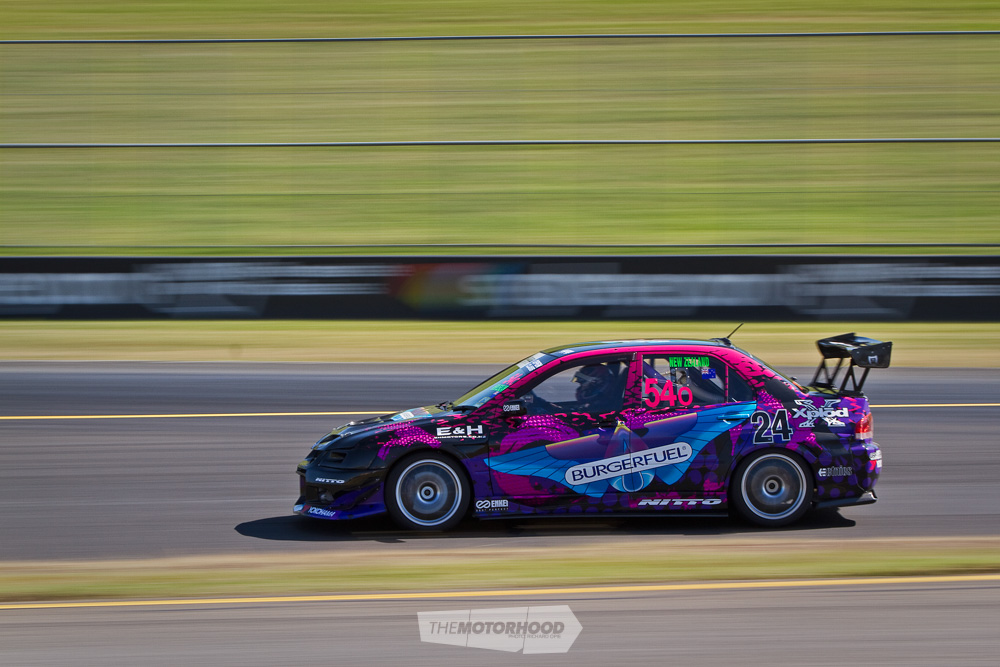
Why do you find the format is so popular that guys are investing well in excess of $300,000 into a race programme which would see them perhaps only run a few hot laps a year?
Yeah, that’s a really interesting question, and, to be honest, $300,000 is probably well on the lighter side, especially with the pro cars. Even some of the top open-class cars are spending that sort of money nowadays. What do I think? It is that we offer the opportunity to come and be a rock star for one weekend of the year, and then you can go back to your normal life. We offer the opportunity to express engineering freedoms that no other class does, and it’s that whole carnival atmosphere. People come to that event and they are embraced in it. Whereas people can go and race a spec class, like Carrera Cup, say — not that there is anything wrong with it, but tell me who won Carrera Cup this year? I bet you wouldn’t know, whereas you win World Time Attack and everyone knows — worldwide. From that standpoint, there is the opportunity to make yourself famous throughout the world, which in turn has the opportunity to attract sponsors, so I can’t put my finger on any one thing, but certainly all those things add up. Most teams turn it into a holiday — they come down for week, have a few beers with their mates on Tuesday, and then go run their favourite motor sport event for a weekend.
Then, as you say, they can go back to their normal lives and day jobs.
Most certainly. To run any tier-one category these days, regardless of what your budget is, the commitment of resources and manpower is a full-time job, whereas with this you can do it on the side. You can go testing for a few weekends, then come to Sydney and have a really good crack at it.
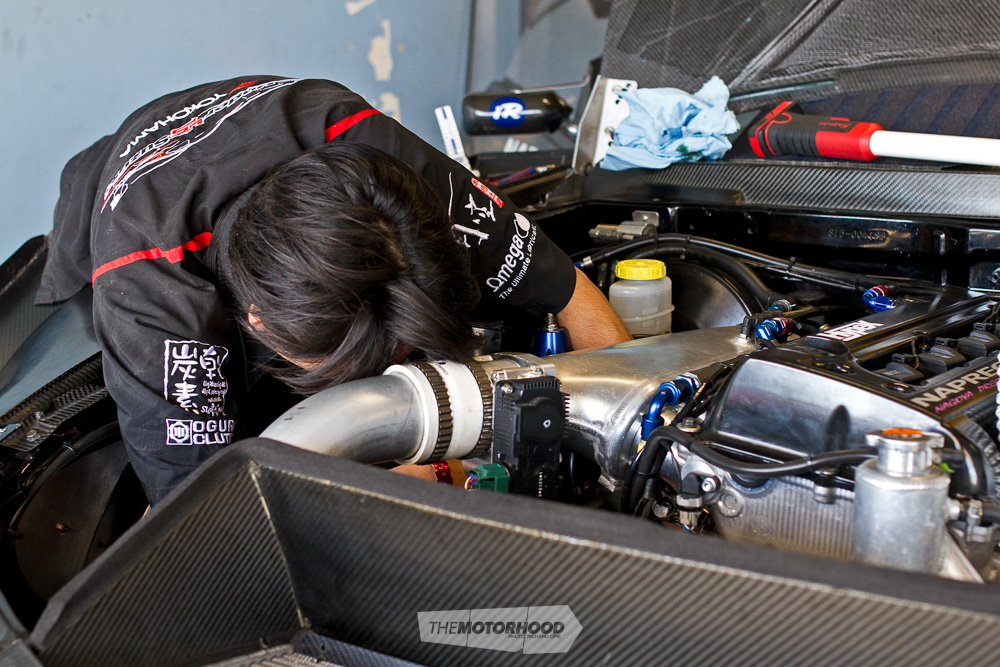
To me it seems like the early days of any tier-one sport — F1, Nascar, touring cars — where you can come and engineer your own luck with lots of freedoms.
Yeah I think so, and the other side of that is the opportunity to go really fast. Whereas every other class is held back, we are sort of unrestricted, and even the open-class cars are now doing V8 Supercar lap times on street tyres, and with limited aero. So, if you’re the driver of that car, you can go as fast as it will go.
That has to be a huge attraction from a driver point of view. Are you seeing more and more offers from pro drivers coming in and wanting to run something?
Any of those top guys would jump at a drive, I can assure you of that. Even Shane Van Gisbergen, when he was driving Murray’s car [MCA Hammerhead], said it’s one of the most exciting things he has ever driven, even more so than a McLaren GT3 around, say, Nürburgring. He said in any of that type of thing I have someone in my ear telling me to preserve the tyres, save fuel, or slow down, whereas this is just turn everything up to 11, and just go for it. Pro drivers just don’t get to do that, even in qualifying they are always saving something, so this is probably the rawest form of racing on the planet.
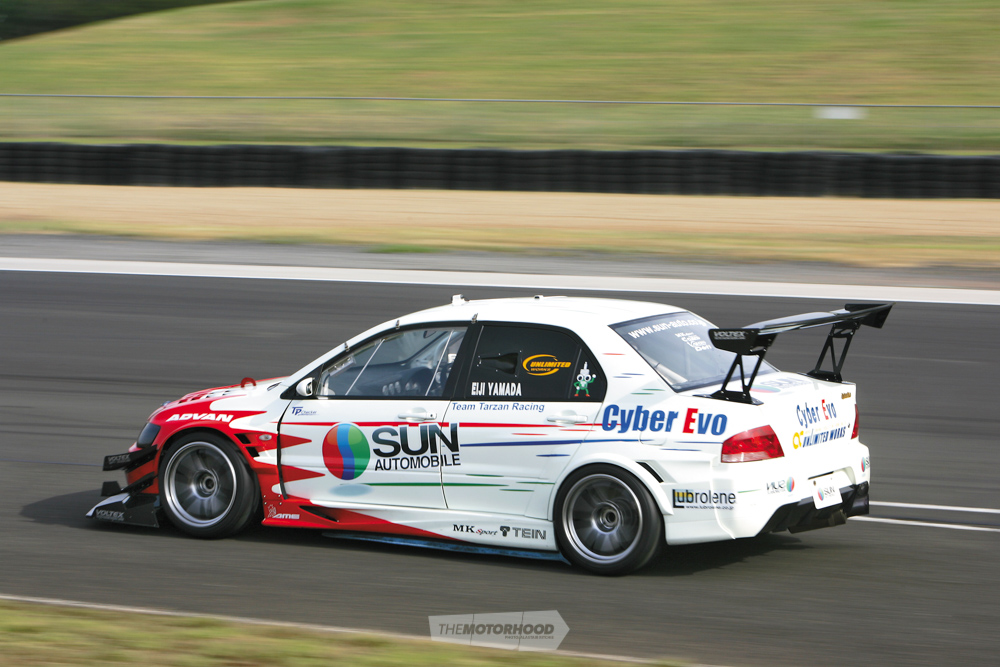
In 2010, Cyber won with a 1:30.58. Today, that time wouldn’t get you on the open-class podium. Seriously, how low do you think these guys can push it; is there a bottom to that lap record?
The Pro class cars of 2010 and 2011 are effectively open-class cars now, with the exception of the flat floor on the Cyber Evo. Cars now are certainly a lot more advanced. Every year it’s said that it can’t go any further, but every year someone comes along and absolutely smashes it off the pedestal. The cars will just continue to advance, I know there are a lot of really brainy people involved with it now. I certainly know MCA can still go faster, they know Under [Suzuki] can go faster. He made a couple of driving mistakes, so he could potentially win with the current car. The Porsche couldn’t get any more boost, so he was limited in power. And, like I said, there are a few cars being built around the world which will, next year, be a really hot ticket.
In terms of tyre tech, is there much more in that? Is Yokohama still developing it, finding that cars are now doing X lap times and so needing to go back to the drawing board?
Nah, we are very careful, and all those top teams have guys who understand the dangers of overloading the tyre. We have guys working very hard with Yokohama and CAMS inspecting things and making sure that things are not exceeding where they need to be. We had zero tyre failures this year, and the cars are running Formula 3 lap times — faster than the Formula 3 lap record. So it’s a real testament to the Yokohama AO50 tyre.

When you went to the control tyre, would you say that was one of the best moves in terms of presenting a parity platform for teams?
We upset a few people when we did it, as they had existing sponsorship deals with other companies. But the problem was, without doing it, we were left open to tyre companies making special tyres if they can see advantages over other competitors. If someone has a super-soft compound that’s not a production tyre, that’s a really unfair advantage. This happened in the past — I’m not going to name any names, but it happened — so we need to manage that. By controlling that it certainly makes a level playing field.
How much other ‘cheating’ — or should we say bending the rules — are your scrutineers picking up? Are the guys trying to push the rules and getting pulled up on it stuff we don’t hear about?
The further we go down the road, the more guys are going to push the envelope, and the more we have to be on to it. Most of the stuff is really just trivial. We aren’t really seeing so much cheating — just pushing things as far as they can go. Both of our eligibility scrutineers are top notch, one — Bruce Garland — he came 10th outright in the Paris to Dakar in a car he built himself, and the other is Steve Stanley, who was a director of ANDRA, and he’s also a mechanical engineer. The guys are onto it, they know the rule books back to front.
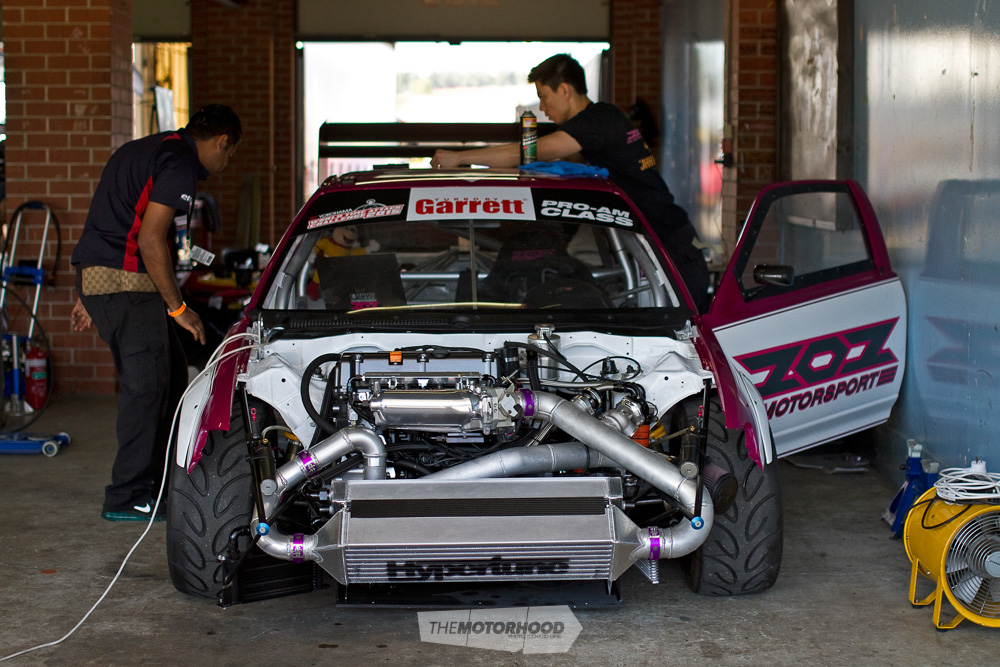
So they’re just watching out for crews interpreting the rules in their own favour?
Exactly.
Moving away from the time-attack side of things, this year we saw the event include the Festival of Awesome. How much more is this side of the event going to grow, especially during the middle of the day when the cars just aren’t able to get good laps times due to the heat?
There are a couple of reasons we did that. First of all, in order to open up our funnel, so to speak, and make it appealing to a broader mass market, we needed more things than cars just going around the track. We watched the Top Gear Festival when that came here, and what they did and the excitement that created. Renato Loberto, my event director, was actually the event director of that. The fact is, the middle of day — when the time-attack cars are their slowest — is also the time when we have the biggest crowd, so we figure let’s put on a show for them. It’s something we will continue to grow, without diluting the time-attack side of things.
If you look at time events anywhere in the world, no one gets a crowd.
Yep, even in Japan, time-attack has never been a spectator sport. The first year the Japanese showed up they had their minds blown by the amount of people we had, even back then.

Bringing back the night drifting was also another huge thing this year?
Certainly. Drifting in Australia has been very splintered over the last years, and we didn’t run any night drifting last year due to contractual things with the track. But we said when we bring it back it will be huge, which we certainly achieved this year. It was the biggest crowd ever at a drift event in Australia. The headline car was Daigo Saito’s Lamborghini, and as soon as I could secure that, everything else fell into place. The event is certainly here to stay. We also love having the big Kiwi contingent. Brendon [White] has done a great job with D1NZ, and every time I visit I say that for the number of people you have, the cars are world class. And of course having the Kiwi versus Aus thing is always great for the banter — so it’s something we will continue to do, that’s for sure.
What can Kiwi fans expect if they’re thinking about heading over?
Well, we always say bigger and better. We don’t go backwards. That’s what we are looking at. World Time Attack Championship is virtually full time for me now. I have a few weeks now, and then a few weeks off in January before heading back to Japan and back full time into World Time Attack.
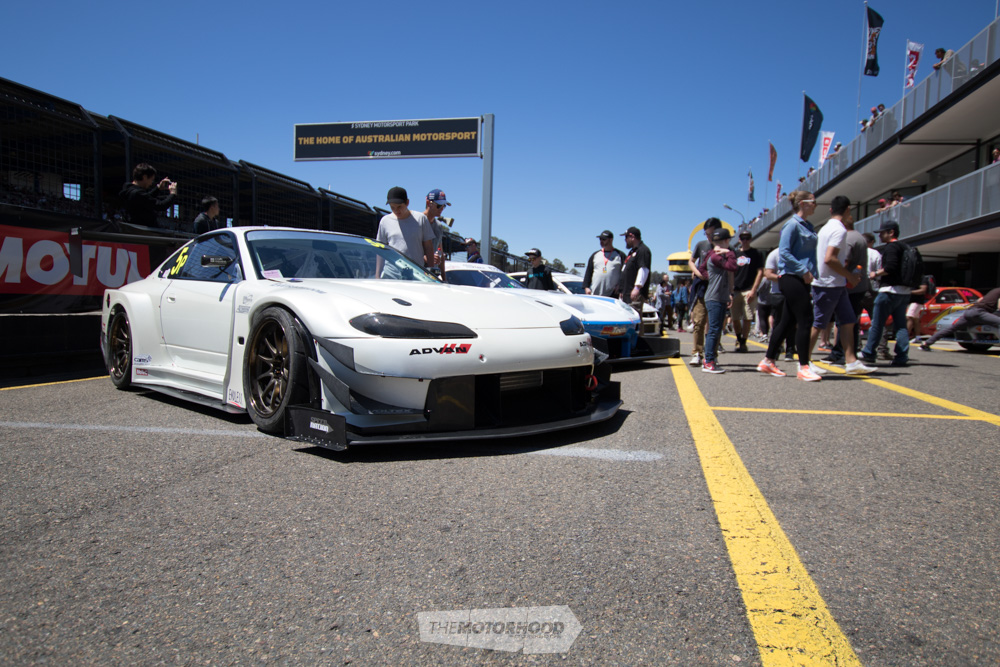
Did you ever think your life would revolve around running a single event? It’s a bit different to welding manifolds.
Exactly — it’s awesome, but at the end of the day, it’s really created a whole industry here in Australia. We estimate that it’s injected roughly $40 million into the local economy. The chap in Queensland that does a lot of the carbon, well he is now driving around in a Lambo. I’m not saying that’s all from time attack, but it’s a huge contributor. It’s a good feeling.
Thanks for your time Ian, and we look forward to whatever crazy stuff you can pull out of the bag in 2017.
This article originally appeared in NZ Performance Car issue No. 241 — you can get your grubby mitts on a print copy by clicking the cover below






